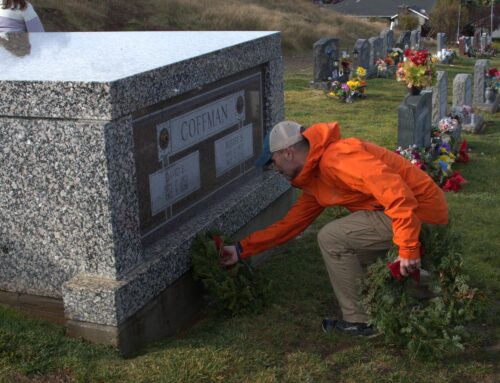The majority of the district’s pipes are more than 30 years old
Published in the January 4-17, 2017 issue of Morgan Hill Life
By John Varela

John Varela
Just like our bodies as we get older require more routine health screenings and check-ups, so does our aging water infrastructure. The Santa Clara Valley Water District has been busy inspecting and maintaining Santa Clara County’s aging water infrastructure, and in some cases making needed upgrades.
The district is responsible for the operation and maintenance of 142 miles of pipelines that transport water from reservoirs to its treatment plants, and from its treatment plants to water retailer distribution systems.
Through our network of massive pipes (some as wide as 10 feet in diameter), more than 121 billion gallons of water travel annually from their source to groundwater replenishment ponds throughout the county. Ultimately, a portion of this goes into your tap.
For most people, pipeline maintenance isn’t a topic that’s on top of our county’s water concerns. However, the majority of our pipelines are more than 30 years of age. Because they are underground, it becomes easy to forget about them, an “out of sight, out of mind” perspective.
For the water district, it is important to perform routine inspections to ensure proper operation and to detect any repair needs, which helps avert a potential pipeline failure, which could cause serious damage and disrupt water deliveries.
The water district maintains and inspects some of its pipelines on a 10-year inspection cycle to detect signs of corrosion, weak spots or leaking. Some of the more critical pipelines require a maintenance and inspection cycle every five years.
The water district visually inspects pipelines, but also uses modern technologies to enhance the quality of diagnosis and to identify any signs of pipe distress quickly.
Recently, our technicians used a high-tech sensor held in a floating foam ball that traveled through several miles of pipeline to literally listen for leaks. Another device we are using is acoustic fiber optic cables that monitor breaks in the wires that keep concrete pipes intact, and can provide instant status reports.
Regular inspections are also a cost-saving measure. It’s much more expensive to deal with the consequences of pipe failure than to invest in regular maintenance.
Scheduling inspections and repairs for so many miles of pipe is a major challenge because we all depend on them for our water supply. Many key pipelines can only be taken out of service for short periods of time without affecting water supply availability.
Each year, the water district performs maintenance and inspection on one or two major pipelines in its system.
As part of this effort, the water district recently rehabilitated about five miles of the Snell Pipeline, a conduit that carries treated water from the Santa Teresa Water Treatment Plant to the east region of San Jose.
Another major pipeline project that started this fall will install large flexible pipelines that deliver water to the Penitencia Water Treatment Plant and connect to water distribution systems.
The pipes are made to withstand movement from landslides or earthquakes registering a 6.0 magnitude, to prevent future pipe failures. This is the first project of its kind for the water district.
Identifying warning signs also helps avoid wasting water through pipe leaks. As we do our part, we encourage residents to check for leaks at home in both indoor plumbing and outdoor irrigation systems, and repair them. Taking action now helps avoid future losses.
For more information on upcoming pipeline projects, water supply, flood protection, board updates and more, sign up for the SCVWD’s monthly newsletter at www.valleywater.org.
John Varela is a former Morgan Hill mayor and councilmember who now represents the South Valley region as a Santa Clara Valley Water District board member. He wrote this column for Morgan Hill Life.






